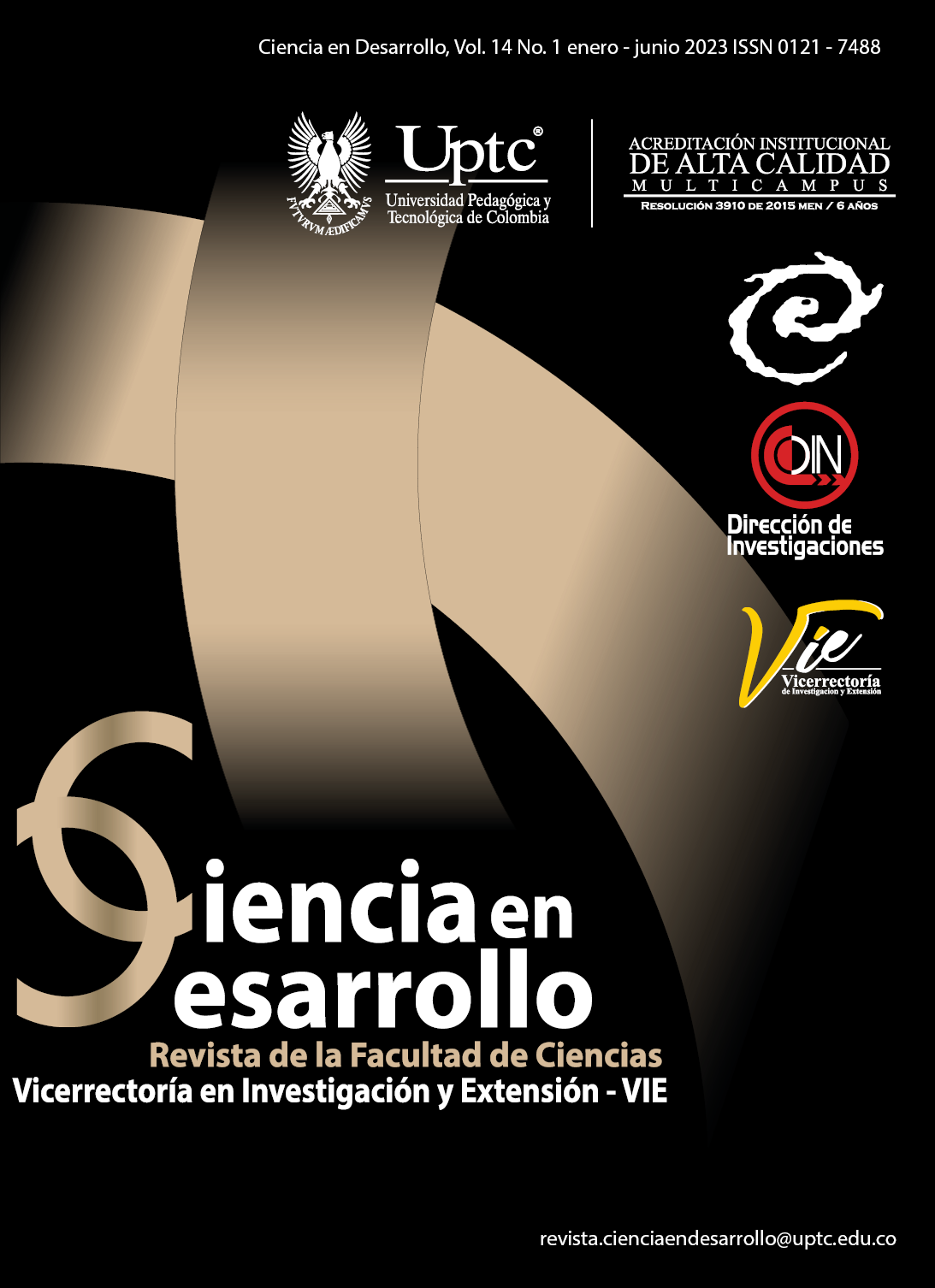Mathematical Model of a Rotator Type Joint Actuated by Artificial Muscles

Abstract
In this work, the mathematical model of a muscle-tendon used for the design of a rotator-type joint actuated
by artificial muscles is shown. Computer-aided design (CAD) allows evaluating and validating the most
convenient parameters for its construction; the integration of the CAD model with MATLAB allowed us to
obtain the values of the range of motion ±20◦ and a maximum torque of 6,0 kg-cm exerted on the axis of
rotation for the prototype.
Keywords
Rotary joint, Mathematical model, Artificial muscles, Prototype
Author Biography
Diego Alberto Bravo Montenegro
Profesor Titular Departamento de Física (Universidad del Cauca). Ingeniero Físico (2003), Esp. en Automatización Industrial (2007), Magíster en Ingeniería Automática (2012). Dr en Ciencias de la Electrónica (2016).
References
- H. Liu, Q. Cheng, J. Xiao, and L. Hao, “Data- driven adaptive integral terminal sliding mode control foruncertain sma actuators with input saturation and prescribedperformance”, ISA Transactions, 2021. DOI: https://doi.org/10.1016/j.isatra.2021.11.034
- F. Jin, C. Zhao, P. Xu, J. Xue, and F. Xia, “Nonlinear eccentric bending and buckling of laminated cantilever beams actuated by embedded pre-stretched sma wires”, Composite Structures, 2022. DOI: https://doi.org/10.1016/j.compstruct.2022.115211
- W. Liang, H. Liu, K. Wang, Z. Qian, L. Ren, and L. Ren, “Comparative study of robotic artificial actuators and biological muscle”, Advances in Mechanical Engineering, 2020. DOI: https://doi.org/10.1177/1687814020933409
- J.Zhang,J.Sheng,C.T.ONeill,C.J.Walsh,R. J. Wood, J.-H. Ryu, J. P. Desai, and M. C. Yip, “Robotic artificial muscles: Current progress
- and future perspectives”, Ieee Transactions on Robotics, vol. 35, 2019. DOI: https://doi.org/10.1109/TRO.2019.2892209
- S. M. Mirvakili and I. W. Hunter, “Artificial muscles: Mechanisms, applications, and challenges”, Advanced Materials, 2017. DOI: https://doi.org/10.1002/adma.201704407
- N. Simiriotis, M. Fragiadakis, J. Rouchon, and M. Braza, “Shape control and design of aeronautical configurations using shapemem- ory alloy actuators”, Computers and Structures, 2021. DOI: https://doi.org/10.1016/j.compstruc.2020.106434
- A. J. Theodore and P. L. Bishay, “Experimental analysis of fiber-reinforced laminated compos- ite plates with embedded sma wire actuators”, Composite Structures, 2022. DOI: https://doi.org/10.1016/j.compstruct.2022.115678
- N.A.Mansour,T.Jangc,H.Baekc,B.Shinb,B. Ryub, and Y. Kimb, “Compliant closed-chain rolling robot using modular unidirectional sma actuators”, Sensors and Actuators A: Physical, 2020. DOI: https://doi.org/10.1016/j.sna.2020.112024
- C. Rengifo and D. Bravo, “A control strategy for bipedal robots with musculotendon actuators in the knees”, Int J Dyn Control, Sept. 2022. DOI: https://doi.org/10.1007/s40435-022-01040-1
- K. B. Shelburne, M. R. Torry, and M. G. Pandy, “Muscle, ligament, and joint-contact forces at the knee during walking”, Medicine and science in sports and exercise, vol. 37, pp. 1948-1956, November 2005. DOI: https://doi.org/10.1249/01.mss.0000180404.86078.ff
- J. M. Winters and L. Stark, “Analysis of fundamental human movement patterns through the use of in-depth antagonistic muscle models”, IEEE Transactions on Biomedical Engineering, vol. BME-32, no. 10, pp. 826- 839, 1985. DOI: https://doi.org/10.1109/TBME.1985.325498
- C. F. Rengifo, Y. Aoustin, F. Plestan, and C. Chevallereau, “Distribution of forces between synergistics and antagonistics muscles using an optimization criterion depending on muscle contraction behaviour”, IEEE Transactions on Biomedical Engineering, vol. 132, no. 4, pp. 1-11, 2010. DOI: https://doi.org/10.1115/1.4001116
- J. Song, N. Xi, F. Xu, K. Jia, and F. Zou, “Servomotor modelling and control for safe robots”, in 2015 IEEE International Conference on Robotics and Biomimetics (ROBIO), pp. 1221-1226, 2015. DOI: https://doi.org/10.1109/ROBIO.2015.7418938
- R. Ambrose and R. Askew, “An experimental investigation of actuators for space robots”, in Proceedings of 1995 IEEE International Conference on Robotics and Automation, vol. 3, pp. 2625-2630, 1995.
- D. Meng, T. Shoepe, and G. Vejarano, “Accuracy improvement on the measurement of human-joint angles”, IEEE Journal of
- Biomedical and Health Informatics, vol. 20, no. 2, pp. 498-507, 2016. DOI: https://doi.org/10.1109/JBHI.2015.2394467
